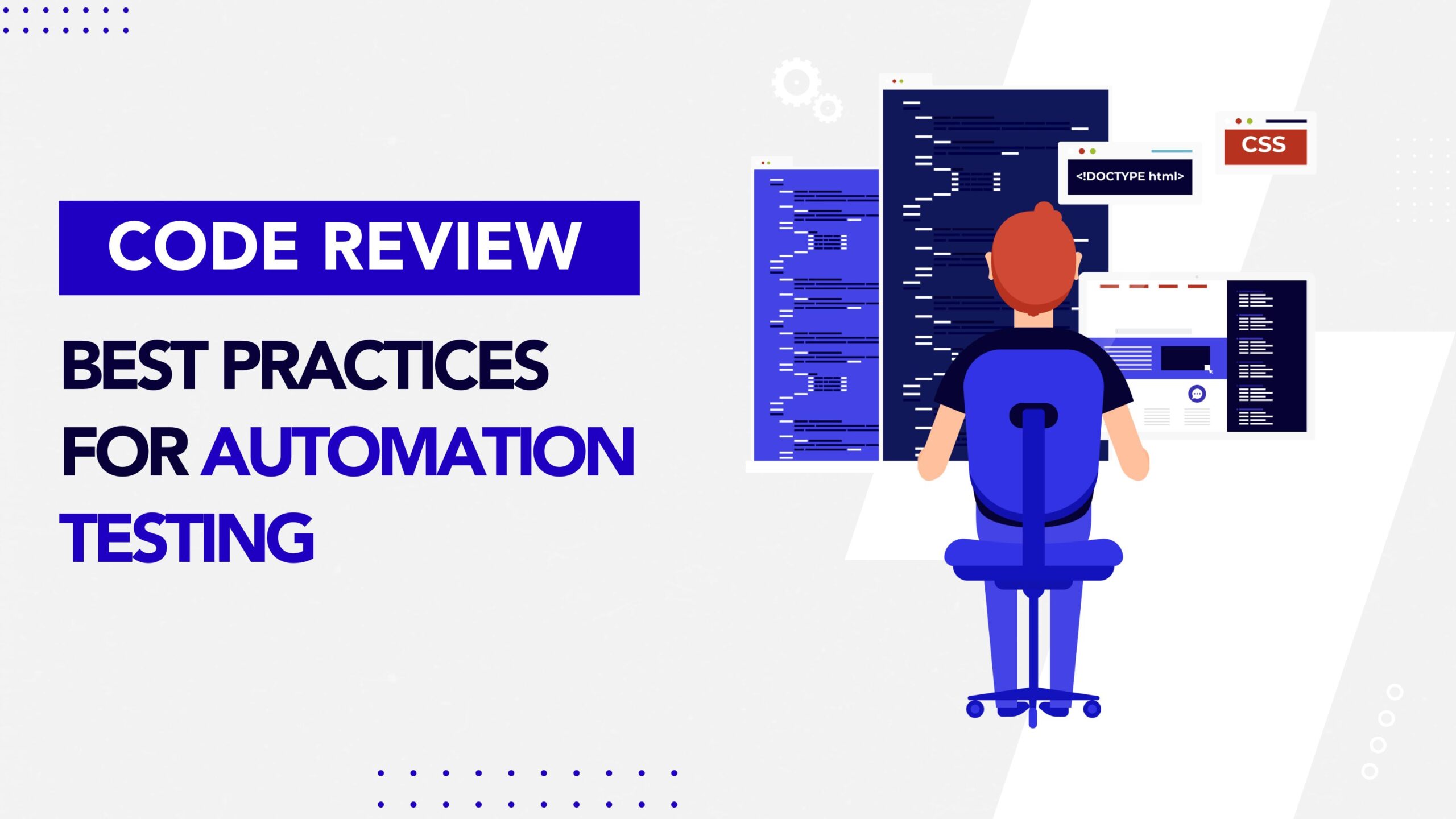Test automation experts find manually testing mobile apps time-consuming and since it is prone to more errors, pointless. However, not all the test cases are worth building an automation framework for due to high costs, and some are therefore not fully automated. Since mobile test automation brings higher ROI, Manual Mobile Testing (MMT) is advantageous in many use case scenarios. If handled right, it can fine-tune every aspect of your application.
Let’s understand why a tester does Manual Mobile Testing
It is unparalleled in terms of functionality and first impressions as testers derive feedback as authentic to that of the end-user. The flexibility and the ability to simulate real user actions make it more applicable, and hence many mobile app testing service companies invest in a strong QA team.
On the one hand, while usability, UI, compatibility, one-time, ad-hoc, localization, and internationalization testing can benefit from Manual Mobile Testing, it is not the best option for regression, continuous, load, and performance testing.
Being a widespread testing practice exercised by QA engineers and testers, for your Manual Mobile Testing to be successful, you need a testing framework. Structured tests will help you find bugs systematically, and you can repeat the same test on multiple devices. So, here are seven essential steps to remember while testing an app manually:
Step 1: Draft an action plan – Identify test cases that are better off checked manually and then group use cases based on what should be tested (navigation, UI elements, interruptions, screen, login/logout, navigation, etc.)
Step 2: Determine the click path – Go through all use case scenarios, write down a detailed click path, and optimize the time per test session while repeating the same test on different devices. If you discover a bug, you’ll be able to reproduce it to verify if it is unique to one device or common to all.
Step 3: Research your market and test on diverse devices – Every app should work error-free on most devices of your primary target base. It should be tested accordingly to meet the demands of a growing consumer dependable market. There are different tools to help create and narrow down a device pool, like the google developer console. Choose devices with different characteristics from hardware to software, screen sizes to manufacturers.
Step 4: Validate through short sessions – Organize use cases to keep test sessions short. Test exclusively what you decided to test beforehand. Add new scenarios to the use cases list, but don’t check them on the spot. During long testing sessions, getting distracted and making mistakes can invalidate the test. So test with a plan, or else you will forget to add steps to your click path and fail to repeat the same test on other devices.
Step 5: Perform the repeat rule – To catch new bugs that can arise after code modification, repeat all the steps in the same sequence. Perform the same test on all of the devices you chose for your MMT to minimize the possibility of human error.
Step 6: Track and document results – Track your bugs efficiently and make sure to write down all the information from every use case scenario. So that you can test that part again after the bug is fixed, and if you find another bug, you can add it to the list of detected malfunctions.
In conclusion
Manual testing has become paramount, especially when it comes to usability and accessibility of mobile apps. Meant to be a starting point, it helps you structure your ideas and keep everything under control by outlining a clear testing pattern. If you join hands with a QA Services Company like Codoid, you’ll notice the efficiency of your mobile testing efforts improving in no time. That’s why we put together these six steps that act as the ultimate checklist you need to structure your tests and make your Manual Mobile App Testing nearly flawless.
































Comments(0)